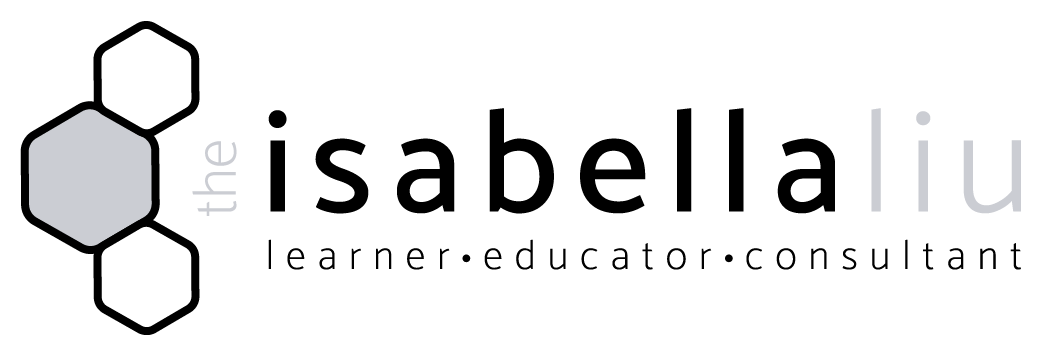Lessons from the Field: Water Testing in the Galápagos
why water test?
During our Grosvenor Teacher Fellowship workshop at the National Geographic Headquarters in April, I learned different ways to document my expedition experience while implementing the National Geographic Learning Framework.
As a science teacher, I naturally wanted to document field work for my students because science is messy! A common experience of my students in chemistry is that they are error-adverse. My students feel strongly about having the “perfect” data, and when the data disagrees with the theory or law they immediately attribute it to “lack of precision in the instrument.” This is mostly because high school science experiments, especially in chemistry, are corroborative. Students learn about a particular theory, and the lab would often be teaching them an analytical technique (i.e. titration, calorimetry) to confirm said theory through observations.
So when the opportunity to visit the Galápagos arose, I brainstormed possibilities for data that I could collect from the field that would be meaningful to my chemistry students. This is when I came across Water Rangers.
About Water rangers
Water Rangers is an organization that is passionate about equipping communities with the knowledge to protect their water through water testing. They provide custom water quality testkits, an open-data platform to manage data, and specially designed resources so that anyone can use them to get started.
My Experience
They provided me with the Compact Ocean Testkit, and I had a lovely one-on-one training session with them.
The water kit includes easily-to-use tools to conduct a water test (above). The scans of water tests are placed on top of the photos of the location where I obtained the water samples (right).
The kit includes a comprehensive list of tools that are easy to use and which provide ample information about the body of water:
Thermometer (air temperature)
Test strips (pH, alkalinity, nitrates)
Salinity meter (salinity, water temperature)
Sample container
Mini field notepad and pen
Reacher stick
Mini field guide
Calibration solution
Conducting water tests was easy and straightforward. We were fortunate that we always had a bit of free time after our hike or walk so that water tests could be performed. That being said, it is a funny sight to see somebody with the reacher stick scooping a water sample from the ocean!
The ocean’s pH levels were approximately 8.1, slightly alkaline but more acidic than it was beforethe Industrial Revolution. The pH level is determined by the amount of carbon dioxide dissolved into water, forming carbonic acid, which weakly dissociates into hydrogen ions and carbonate ions. This release of hydrogen ions is what contributes to a lower pH. Despite the pristine ocean water conditions (i.e. low levels of nitrates), it is important to note that these results were only possible as a result of human intervention.
There are only three islands that people can live on in the Galápagos, and all of these islands are protected as part of Ecuador's Galápagos National Park and Marine Reserve. When we were on the islands, we had to be accompanied by a trained naturalist, and could not wander off the marked paths. People appreciated the biodiversity the islands have to offer, and so have banned the use of single plastics on the islands.
While human impact contributed to the increase in carbon dioxide levels, witnessing firsthand how humans can also address the problems they create gives me hope for the future.
Next Steps
A good scientist knows that data must be replicable, and the same applies to field tests. To monitor the quality of a body of water, ideally multiple water tests should be done over the span of the year. While I cannot foresee the next time I would be back on the islands, I have uploaded my water sample data to the open source database (link to database) and given my naturalist mentor Celso Montalvo an Ocean Water Testkit so that he and other naturalists can continue to monitor their water.
Celso signing the field guide that he created for the Galápagos.
If you live close to a body of water, check out the Freshwater Testkits as well. Water Rangers regularly host community activities all over Canada in order to demonstrate their accessible test kits. Make sure to follow them and find out the date of their next meetup!






